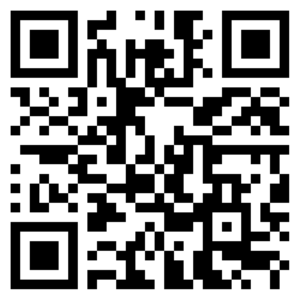’By defining and articulating a future we find desirable, we begin to build it.’’ (Bayne and Gallagher, 2021, p.622).
Is the future knowable? Is it something we can create? Or something to be feared?
Facer, (2014) argues that creating an alternative future should be treated as ‘’a site of radical possibility’’ (p.65). This perspective opens up the future and its transformative potential as a place where new realities can be imagined in the present.
The role of education should be to create opportunities for students to be open to a potential utopian future in which the interests of all digital citizens are served. Forlano (2021) argues that to move beyond a ‘status quo future’ a deeper understanding of the power of politics is required to achieve transformational social change.

The image depicts a hand holding a small crystal ball, that reflects the blurred horizon in the distance. It represents our efforts to imagine and articulate what the future could hold.
Featured Image All photos and videos on Pexels can be downloaded and used freely. A hand holding a crystal ball that is reflecting the horizon in the distance.
Challenges
Promissory and governmental organisations and Big Tech companies are driven by neo-liberal economic principles, seeking power and profit rather than educational values of ‘trust’ and ‘fairness’. A call for more transparency in AI could be seen as a challenge by the powerful elite, leading to the voices of digital citizens being ignored or even silenced.
Timnit Gebru was forced out of her role as the co-lead of Google’s ethical AI team after publishing a paper warning of the potential risks associated with developing Large Language Models (Hao, 2020).
Activity 4 What do you know about Timnit Gebru and her work with DAIR? You can find out more by watching the video below.
(6:18-8.06 mins.)
On What Matters want this video to be accessible to the widest possible audience.
This demonstrates the importance of community in seeking transparency in AI, on a local level and a distributed global one.
Forlano (2021) states that ‘’the future is in each and every one of us’’.
Therefore we have a responsibility as educators to enable our students to be a part of the movement that impacts technology and societal development, providing opportunities within their local and academic communities.
Activity 5 Go to the DAIR website Publications | DAIR (dair-institute.org) and read the introduction to ‘A Human Rights Based Approach to Responsible AI' (pp.1-3) (Prabhakaran et al., 2022).
Then go to the Padlet or use the QR code below and answer the two questions.
1. What present limitation of FATE research does the article highlight? 2. How do the DAIR researchers believe human rights can shape future AI development?

You can subscribe to the DAIR newsletter if want to learn more, scroll down to the end of the webpage to sign up.
References
Facer, C. (2016). Using the Future in Education: Creating Space for Openness, Hope and Novelty, in Lees, H. E. and Noddings, N. (eds) The Palgrave International Handbook of Alternative Education. [pdf] London: Palgrave Macmillan UK, pp. 63–78. Available at: Using the Future in Education: Creating Space for Openess, Hope and Novelty. (Accessed 28 October 2023).
Forlano, L. (2021). The Future is Not a Solution. [online] Public Books Available at: The Future Is Not a Solution – Public Books (Accessed 28 October 2023).
Hao (2020). MIT Technology Review [online] Available at: We read the paper that forced Timnit Gebru out of Google. Here’s what it says. | MIT Technology Review (Accessed 1 November 2023).
On What Matters (2023). How to make AI systems more just with Hilary Pennington and Dr. Timnit Gebru. Available at: How to make AI systems more just with Hilary Pennington and Dr.Timnit Gebru. (Accessed 18 November 2023).







